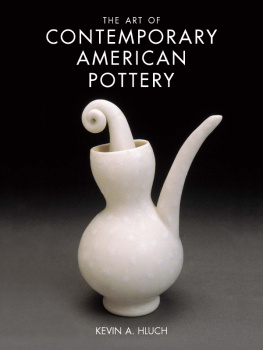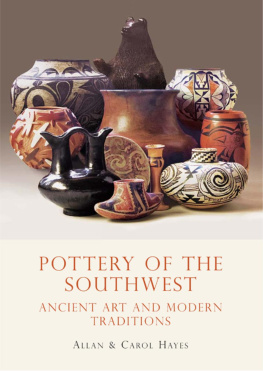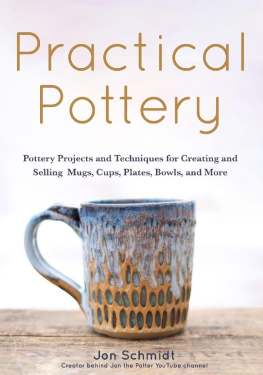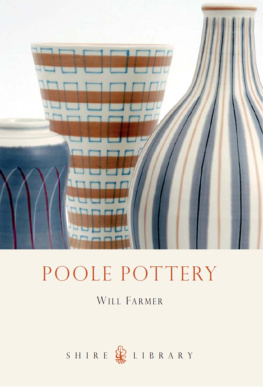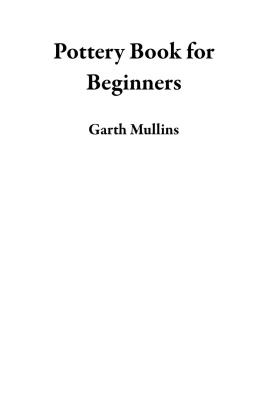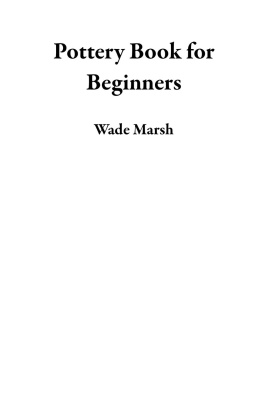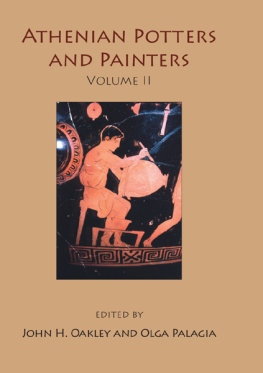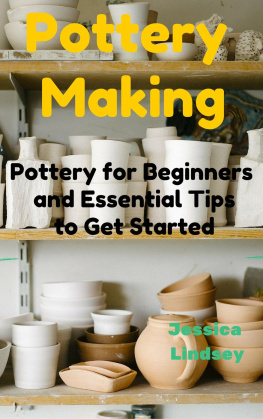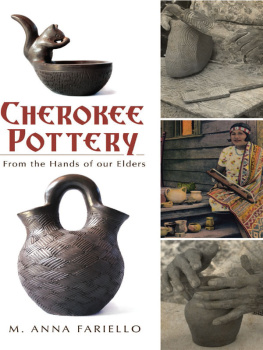The Art of
Contemporary
American
Pottery
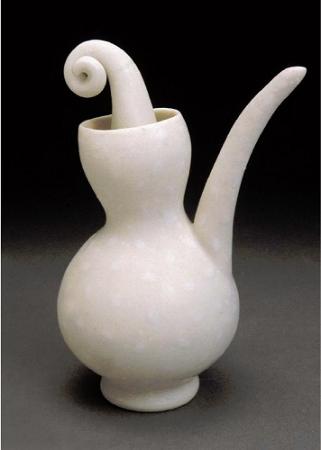
KEVIN A. HLUCH
2001 by Kevin A. Hluch
All rights reserved.
No part of this publication may be reproduced or transmitted in any form or by any means, electronic or mechanical, including photocopy, recording or any information storage and retrieval system, without permission in writing from the author or publisher, except by a reviewer who may quote brief passages in a critical article or review to be published in a magazine or newspaper or electronically transmitted on radio or television.
Published by

Please call or write us for our free catalog. To place an order or to receive our catalog, call 800-258-0929 or use our regular business telephone at 715-445-2214.
Library of Congress Catalog Number: 2001088593
ISBN: 0-87341-906-5
eISBN: 978-1-4402-1967-2
Printed in the United States of America
COVER PHOTO
Elizabeth Lurie: Soy Bottle, porcelain, 6" x 3", thrown and altered, hand built, C. 9.5.
Photo by Neil Lurie
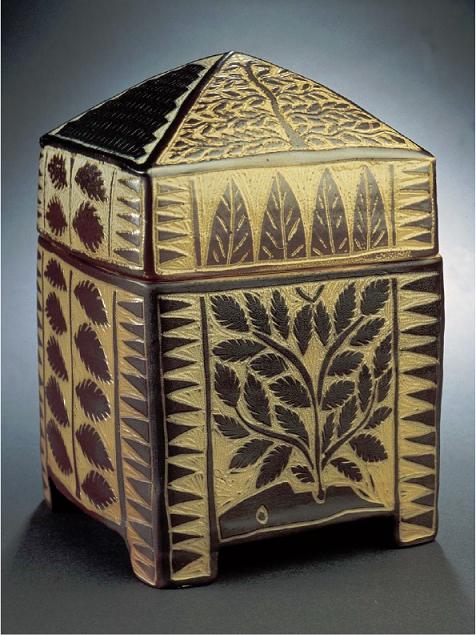
Matthew Metz: Covered Jar, Porcelain, 7" x 5.25", thrown, altered excised, salt fired, C. 10. Photo by Dan Meyers. Collection of the author.
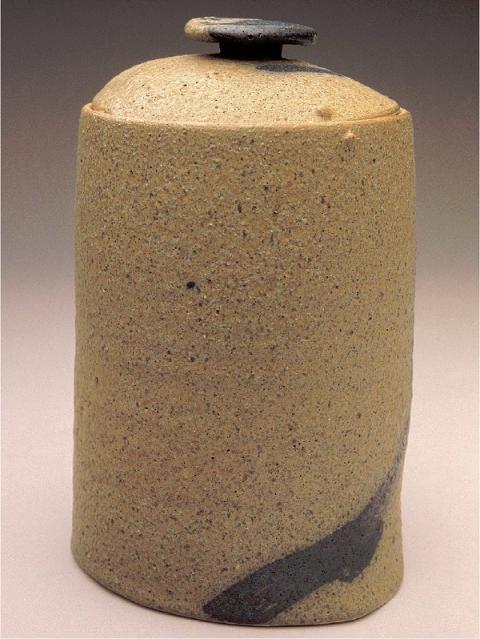
Im interested in form, function and line. Making and using tableware allows me to look and learn from my pots and the potsof others.
Anne Fallis Elliott
Brown Lidded Jar, stoneware, 6.5" x 4.5", wheel thrown, sash glazed, C. 8. Photo by Kevin Noble.
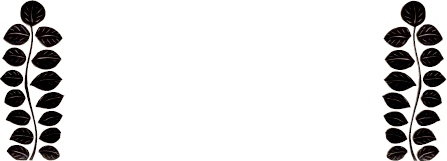
For my mother:
a journalist at heart
Acknowledgments
I owe a debt of gratitude to all those potters who made the effort to supply me with the images and information found within these pages. Were it not for space limitations, many more potters might have been included in this survey. Perhaps a future publication will provide what could not be included here. I would also like to thank the potters galleries for providing their contact information. This is an essential contribution for those who may be inspired to acquire this wonderful work.
I extend my appreciation to Carrie Jacobsen, Louise Harter and Sheila Hoffman for patiently and wisely pointing out some of the more glaring defects in the early drafts of this effort. Each was instrumental in providing needed feedback and criticism. In addition, Robin Hopper and Phyllis Blair Clark were instrumental in providing information that led me to numerous potters now represented in this book.
Thanks also to Marty Amt, for introducing me to Linda Crocker Simmons. She allowed me to scrutinize her late husbands extensive and wonderful collection of pottery, including the examples of Leach and Hamada shown in Chapter 7. That was truly a fortuitous and enjoyable meeting for which I am grateful.
Also, Krause Publications deserves recognition for taking a chance on this novice writer and having the insight to consider the topic worthwhile and deserving attention.
In addition, I would also like to thank Montgomery College, Rockville, Maryland for providing a sabbatical and release time to work on this project. The sabbatical paved the way for the primary effort and for this I am indebted and grateful.
Finally, I am extremely thankful for the continued and unflagging support and love of my children, Kendra and Mathew, and especially my wife, Margaret. Without her confidence, encouragement, and faith in me, this book would never have come into being.
Clay is molded
to make a vessel,
but the utility of the vessel
lies in
the space
where there is nothing....
Thus,
taking advantage of
what is,
we recognize the utility of
what is not.
Lao Tzu
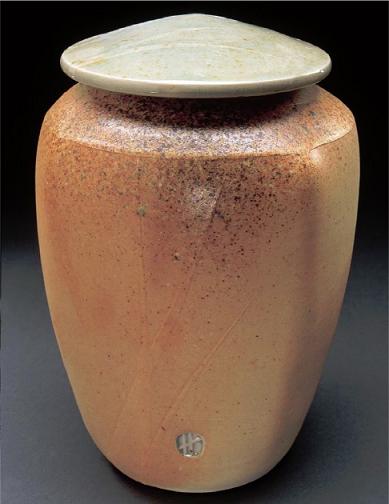
Connie Christensen: Covered Jar, porcelain, 8" x 5", thrown, wood fired, C. 10. Photo by John Bonath.
Contents
Epigraph
Part 1
Philosophical Considerations
Part 2
Historical Considerations
Part 3
Aesthetic Considerations
Part 4
Pottery Types
Appendix
Foreword
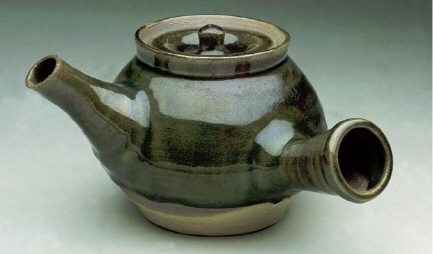
Warren MacKenzie: Teapot, stoneware, 4.5" x 8" x 5", thrown and assembled. Photo by Dan Meyers. Collection of the author.
Useful objects are almost always praised in a backhanded way. You can read critics saying that such-and-such a thing is compelling in spite of it being an object made for some mundane use.
And how often have you heard someone who is buying a piece of pottery say, Of course this is too good to use? At best use is seen as simplistic, a given that holds no mystery or value, sometimes even an impediment to artistic expression. While it is true that we all understand usethat is we all know what to do with a cup containing teait does not mean that an artist cant employ use as part of a larger aesthetic proposition. Sight, for example, is something that, most of us at least, also take for granted. That does not mean, however, that just because painting is understood through that faculty, it is mundane. Sight is merely the path that painting uses to communicate feelings and ideas.
If we view use in the same way then it is possible to see its potential as an avenue through which an artist is able to present a particular set of concerns to an audience. A useful object addresses not only the retina, but all the senses and can layer its information in such a complex manner that meanings can be present on numerous levels.
The question then arises, can touch, smell and taste as well as sight and hearing carry the kind of information and feeling that form the profound, life-altering experiences that we expect from great art?
The American philosopher John Dewey argued in 1932 in his collection of essays titled Art As Experience that, There is no limit to the capacity of immediate sensuous experience to absorb into itself meanings and values that in and of themselvesthat is in the abstractwould be designated ideal and spiritualNothing that a man has ever reached by the highest flight of thought or penetrated by any probing insight is inherently such that it may not become the heart and core of sense.
Potters and lovers of pottery know, on an intuitive level, this to be true because great pottery of the past has literally changed their lives. They have experienced, in its presence, that transcendental moment that occurs whenever one is confronted by great art.
There are two important questions, though, that I think potters and craftspeople in general need to ask themselves if they are going to make work that will give us the kind of intense pleasure and sense of wonderment which that early work continues to provide. The first is: What is the purpose of useful handmade objects in the twenty-first century? The second is: What is the role of use in realizing this goal?
Next page
